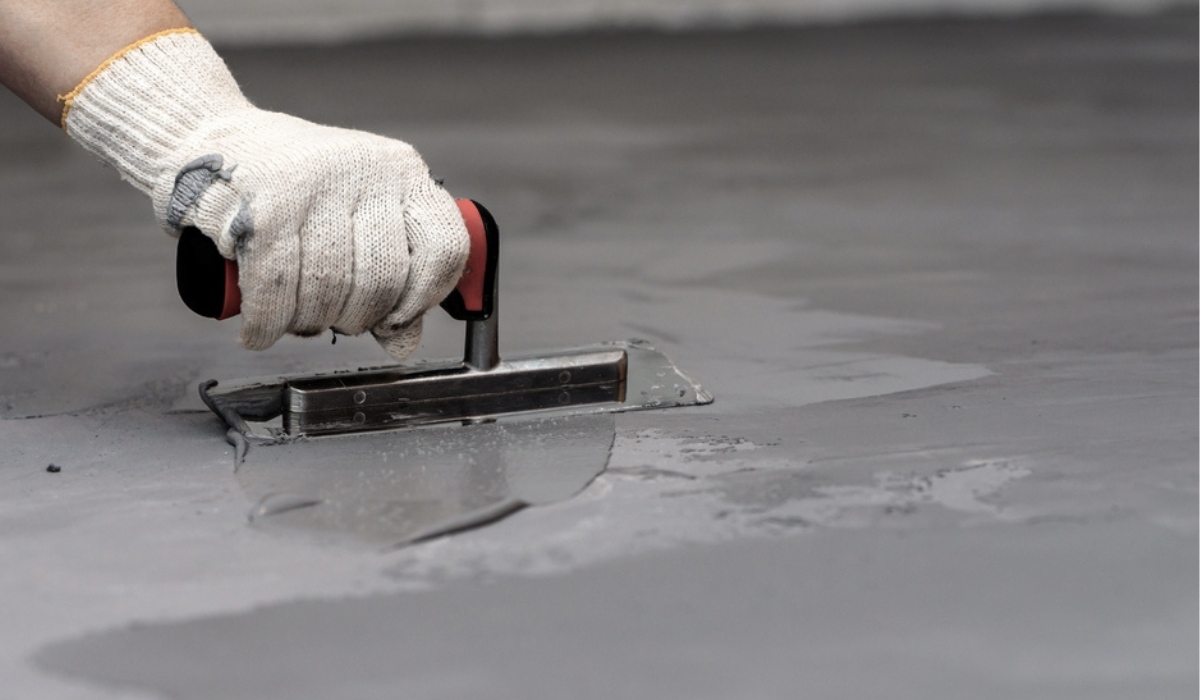Be sure to employ adequate curing techniques in order to allow concrete to cure properly, in order to avoid potential issues with flooring installation later on.
Concrete’s thermal mass can be an asset in various climates. To get the most benefit out of its properties, living areas should have sufficient natural ventilation so that heat stored up in the concrete can escape during summer evenings and dissipate through natural means.
Durability
Concrete slab floors may not be top of mind when considering construction or renovation of a building, but they’re essential components for stability. Serving as a flat surface to support walls, beams and columns while choosing an appropriate material can impact durability, thermal insulation and aesthetics – so choosing your material wisely could have long-term implications on how effective your building will be overall.
Concrete house slabs Melbourne floors are increasingly popular due to their many advantages: durability, versatility and easy upkeep.
A concrete floor can be enhanced both aesthetically and safely through various treatments, from grinding with finer abrasives to polishing it to acid staining – creating unique appearances across each room while meeting slip resistance requirements – to acid staining using mild acids that react with concrete to form colorful mottled surfaces that offer slip-resistance and create colorful mottled hues – thanks to various treatments available today.
Remembering the porous nature of concrete is vital when installing flooring. Moisture seeps up through it and evaporates at the surface, so adequate time should be allowed before beginning a flooring installation project. Vapor barriers may be installed between the ground and concrete to limit moisture intrusion, especially in heated structures.
Versatility
Concrete floor slabs offer many benefits for building designs of all kinds, from supporting walls, beams, columns and foundations to offering cost-effective flooring alternatives like joists.
Concrete Kote contractors can assist you in choosing the type of flat slab that best meets your needs. Their experts use a mixture of cement, silica sand, limestone powder and water to form a robust mixture that can be spread out onto floors using large machines and then poured directly on.
A flat slab, commonly known as a beamless slab, is a reinforced concrete floor without beams that is constructed quickly and is ideal for most flooring designs. Due to its flexibility and shear connectors that strengthen it further, a flat concrete floor may also serve as a fire-resistant barrier; however, moisture accumulation may occur on its substrate.
Low Maintenance
Concrete slabs are an integral part of building structures, offering a flat surface which connects walls, beams, columns and foundations while acting as a sturdy support for houses.
Unheated slabs can be protected from frost movement by adding insulation under and around them; this also helps retain natural heat from the ground and lower heating bills.
Vapor barriers are used to block water vapor from passing through slabs in heated structures. Radiant systems often feature in-floor radiant systems which require such barriers for optimal functionality.
Concrete floor slabs make an impactful statement in contemporary and industrial style homes, but may not fit as seamlessly in classic vintage ones. Since they can be hard and cold underfoot, area rugs may provide additional warmth while safety remains a primary concern when dropping glasses or objects on them. Furthermore, due to being an effective thermal mass material that must remain uncovered with finishes that insulate as effectively – so darker color finishes should be selected for best performance.
Aesthetics
Concrete floors can be stained to increase their aesthetic. Acid-stained floors come in an assortment of warm hues that pair beautifully with other natural materials like corten, wood, or stone. Since each slab may exhibit unique color variation, it is advised to test a stain in an inconspicuous spot prior to applying it everywhere on the floor.
Polishing concrete floors exposes aggregates such as sand and larger stones to produce an eye-catching modern aesthetic. The amount of aggregate exposure may range from salt-and-pepper to full terrazzo appearance; grinding steps depend on desired finish, with increasingly finer diamond tools used to produce polished surfaces.
Concrete floors can make a statement in homes with contemporary or industrial designs, yet can be less appropriate in classic vintage home styles. Cold and hard to stand on for extended periods of time, a radiant heat system installed underneath can make this material more bearable.
